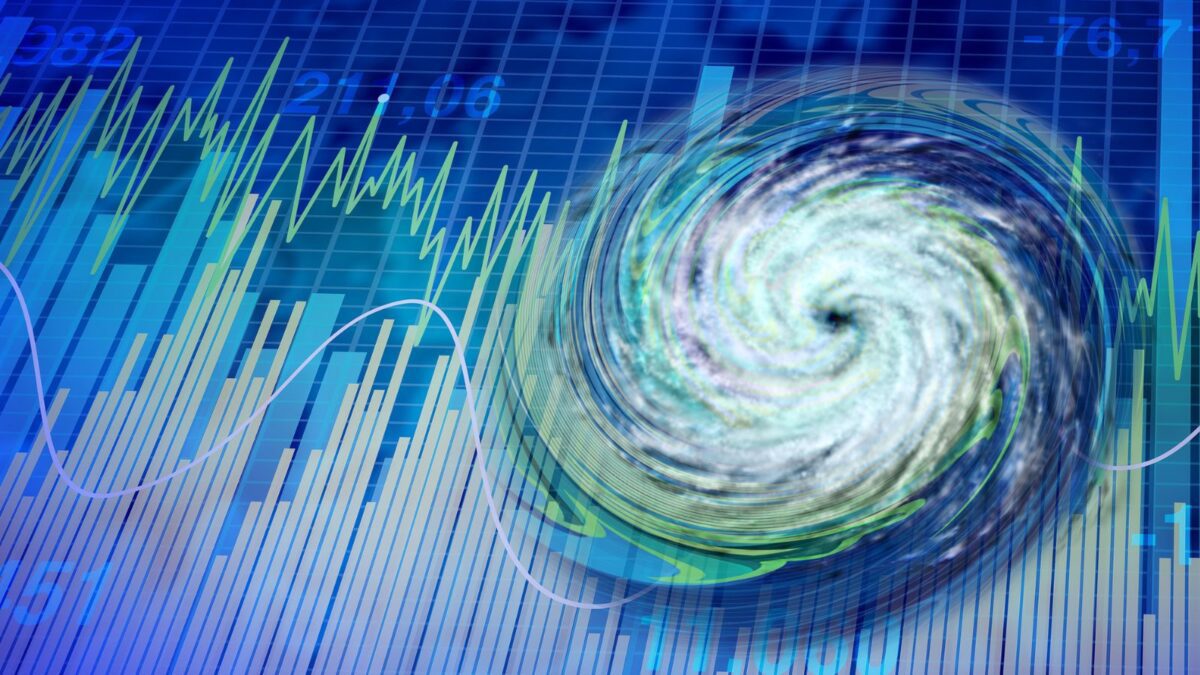‘Wonderful return potential’ in cat bonds: Amundi
There are few investors in today’s market willing to bet that everything is going to be alright. But investors in catastrophe bonds – insurance-linked securities that transfer some of the risks of a natural disaster from the insurer to the capital markets – are doing just that.
And for good reason, their proponents say. The returns on offer in the now US$45 billion market are something to write home about, and have little in common with equities or other fixed income sub-asset classes.
“The Swiss Re Cat Bond index has returned about 7.7 per cent per annum over the last 20 years, and 5.3 per cent over the last 10; that makes it one of the highest returns in a fixed income asset class,” Chin Liu, Amundi director of fixed income solutions and insurance-linked securities, tells ISN. “The return potential is wonderful.”
“We often say a hurricane doesn’t cause a financial crisis and a financial crisis doesn’t cause an earthquake. You’re almost guaranteed non-correlation between cat bonds and the wider market – and because of regulatory requirements and the potential left tail, investors are very well compensated for the risks they’re taking on.”
And while the difficult-to-predict effects of global climate change would, at first glance, create a tougher environment for investors in an asset class that doesn’t pay out if a freak hurricane devastates a Gulf Coast metropolis, Liu disagrees.
“From a time horizon point of view, climate change is a trend for the next 30, 50, 100 years; in insurance and reinsurance, we’re talking about pricing for next year,” Liu says. “We’ll have the opportunity to take the observations and incorporate them into our forecast model.”
It’s also one of the few asset classes where the analysts are paid by the taxpayer. Governments already spend billions to understand the probability, the severity and the impact of large-scale natural disasters, and will soon be spending billions more.
“It’s not like Amundi or Swisse or Munich Re could afford the technologies they use,” Liu says. “The US National Hurricane Centre have satellites and supercomputers, and during the hurricane season they have planes – hurricane hunters – that fly into hurricanes a few times a day… (the results) are inputs for us. Those results are a) scientific and b) unbiased because of the motivation of the government.”
And if an earthquake does strike, or a fire rages out of control, it’s not the end of the world.
“After a bad year of home claims, your insurance premium goes up. For our asset class, after a major loss the industry will significantly raise premiums to attract additional capital into the space. Investors are being paid very well while they’re waiting and after a major event there’s a high probability that rates will go up significantly.”










